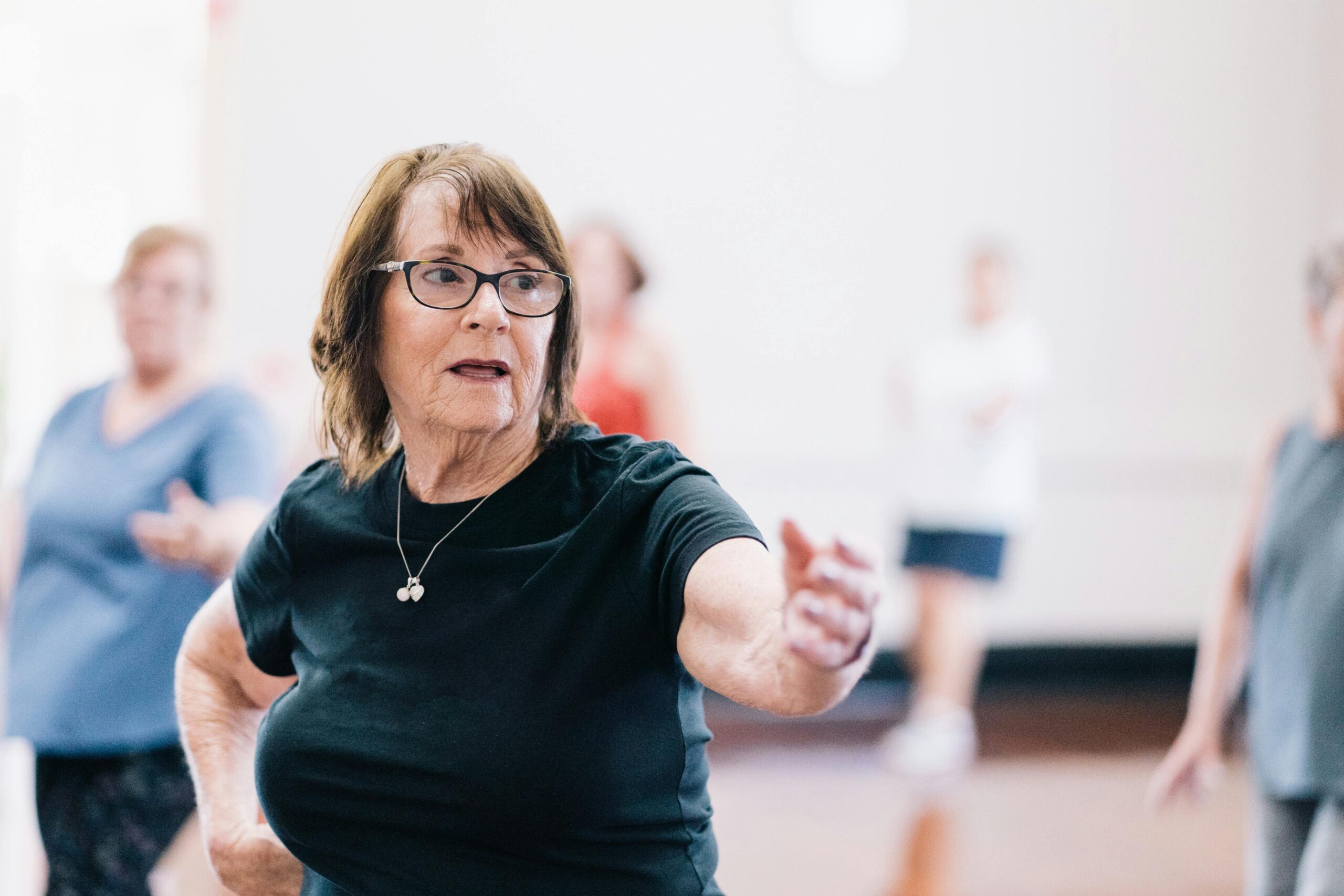Exploring the World of Zumba and Dance Cardio
In today’s fast-paced world, finding a fun and effective way to stay fit is essential. Zumba and dance cardio have surged in popularity as dynamic workout options that combine energetic music with rhythmic movements to promote both physical health and mental well-being. Far from traditional gym routines, these dance-based workouts offer an engaging blend of aerobic exercise, coordination improvement, and stress relief. This article will delve into what makes Zumba and dance cardio stand out, uncovering the science behind their fitness benefits, the variety of styles available, and how they foster a sense of community. By exploring these facets, you’ll understand why these vibrant workouts have captured the enthusiasm of millions worldwide and how they can transform your approach to exercise.
The Foundations of Zumba and Dance Cardio Workouts
Zumba and dance cardio share a common foundation in using dance movements to elevate heart rates and sustain aerobic activity. Originating from Latin dance styles like salsa, merengue, and reggaeton, Zumba integrates choreographed routines designed to be accessible yet challenging. Unlike standard cardio workouts which often focus on repetitive motions, dance cardio routines emphasize fluid, full-body movements that engage multiple muscle groups simultaneously. This diversity not only improves cardiovascular endurance but also enhances flexibility, balance, and coordination. The tempo and rhythm of music play a crucial role, guiding participants through varying intensities that boost calorie burn while keeping the experience fun and motivating.
Physical and Mental Health Benefits
One of the biggest appeals of Zumba and dance cardio lies in their holistic health benefits. Physically, these workouts promote weight loss, increase stamina, and improve muscle tone without the monotony commonly associated with traditional exercise programs. The low-impact nature of many dance cardio moves makes it accessible for people of various fitness levels and ages, reducing the risk of injury. Beyond the physical, the combination of rhythmic movement and music triggers the release of endorphins, which elevate mood and reduce stress. Regular participation has also been linked to improved cognitive functions, such as better memory and focus, possibly due to the coordination and pattern recognition involved in learning routines.
Variety and Adaptability of Dance Cardio
Dance cardio workouts offer a remarkable range of styles that can cater to personal preferences and fitness goals. From the high-energy beats of hip-hop and pop to the groovy moves of funk and jazz, there is a style to suit every taste. Classes vary in intensity, allowing novices to start with simpler steps and gradually progress to more complex choreography. This adaptability extends beyond group settings; many online platforms offer at-home dance cardio sessions, enabling flexibility and convenience. The ability to customize routines ensures sustained motivation, as participants can switch styles or combine elements to keep workouts fresh and aligned with their evolving fitness journey.
Community and Social Engagement Through Dance
Beyond exercise, Zumba and dance cardio classes serve as vibrant social arenas where connections flourish. The communal aspect fosters a supportive environment that encourages individuals to push their limits while enjoying shared experiences. Many studios promote inclusive atmospheres, welcoming people of all backgrounds and fitness levels, which helps build a sense of belonging. Regular attendees often find themselves looking forward to sessions not only for health gains but also for the camaraderie and fun. This social engagement plays a critical role in maintaining motivation and adherence to a fitness routine, turning exercise into an enjoyable lifestyle choice.
Getting Started and Staying Motivated
Beginning a Zumba or dance cardio routine can be as simple as attending a local class or accessing digital resources. For beginners, it is important to focus on enjoyment rather than perfection, allowing the body to adapt gradually to the movements and pace. Setting achievable goals, such as attending a certain number of classes per week or mastering specific routines, can provide structure without pressure. Moreover, integrating music that resonates personally enhances the emotional connection to workouts. Over time, this blend of physical effort, musical enjoyment, and social interaction can cultivate a lasting commitment to fitness, transforming dance cardio from a mere exercise choice into a passion-driven lifestyle.
By embracing Zumba and dance cardio, individuals unlock a multifaceted approach to health that nurtures both body and mind. These workouts offer an invigorating alternative to traditional exercise through diverse movements inspired by global dance forms. The benefits go beyond calorie burning, extending to mood improvement, cognitive enhancement, and social connection. Their adaptability means anyone can find a style and pace that suits their needs, promoting long-term engagement and fitness success. Ultimately, Zumba and dance cardio invite people to celebrate movement, music, and community in a way that enriches everyday life and elevates overall well-being.
